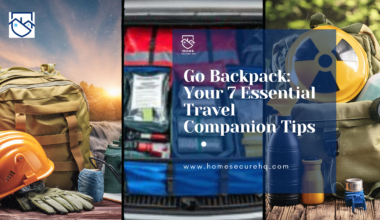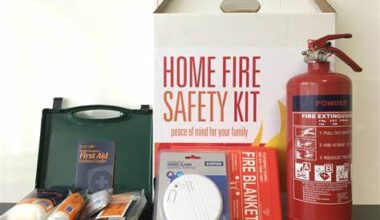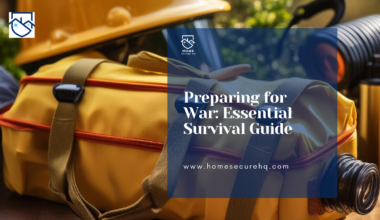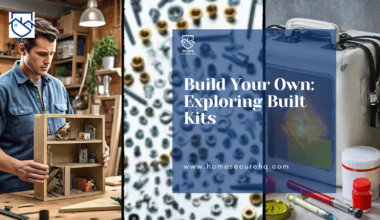Safety Tips / Emergency Tips / Safety and Response
Tips on emergency response at home go beyond just stocking a first-aid kit or storing flashlights; they’re about building confidence and readiness for any unexpected situation. Emergencies whether a sudden fire, medical emergency, gas leak, or power outage can feel overwhelming, but with the right steps, you can act quickly and effectively.
Start by creating a clear family emergency plan that outlines escape routes, safe meeting points, and contact numbers. Pair this with regular practice drills so that everyone, including children, knows exactly what to do without hesitation. Equipping your home with essentials such as smoke detectors, fire extinguishers, and an up-to-date emergency kit adds another layer of protection.

Practical Tips on Emergency Response at Home.
One of the most important tips on emergency response at home is having a clear plan. Emergencies can be overwhelming, but when you already know what to do, it becomes easier to stay calm and protect your family. A good plan starts with knowing your evacuation routes.
Every room should have at least two ways out, whether through a door, window, or stairs. Drawing a simple map and practicing these escape paths with your family helps make them second nature.
It is also important to choose a safe meeting place outside your home. This could be a tree in the yard, a neighbor’s driveway, or even the mailbox. The goal is to have one spot where everyone gathers after leaving the house.
Children should know exactly where this is so no one gets lost or left behind. Along with this, create a family emergency plan that fits your lifestyle. Write down steps for fire, medical emergencies, or severe weather, and review the plan every year. Update it if your home changes or if you have new needs such as caring for pets, children, or elderly relatives.
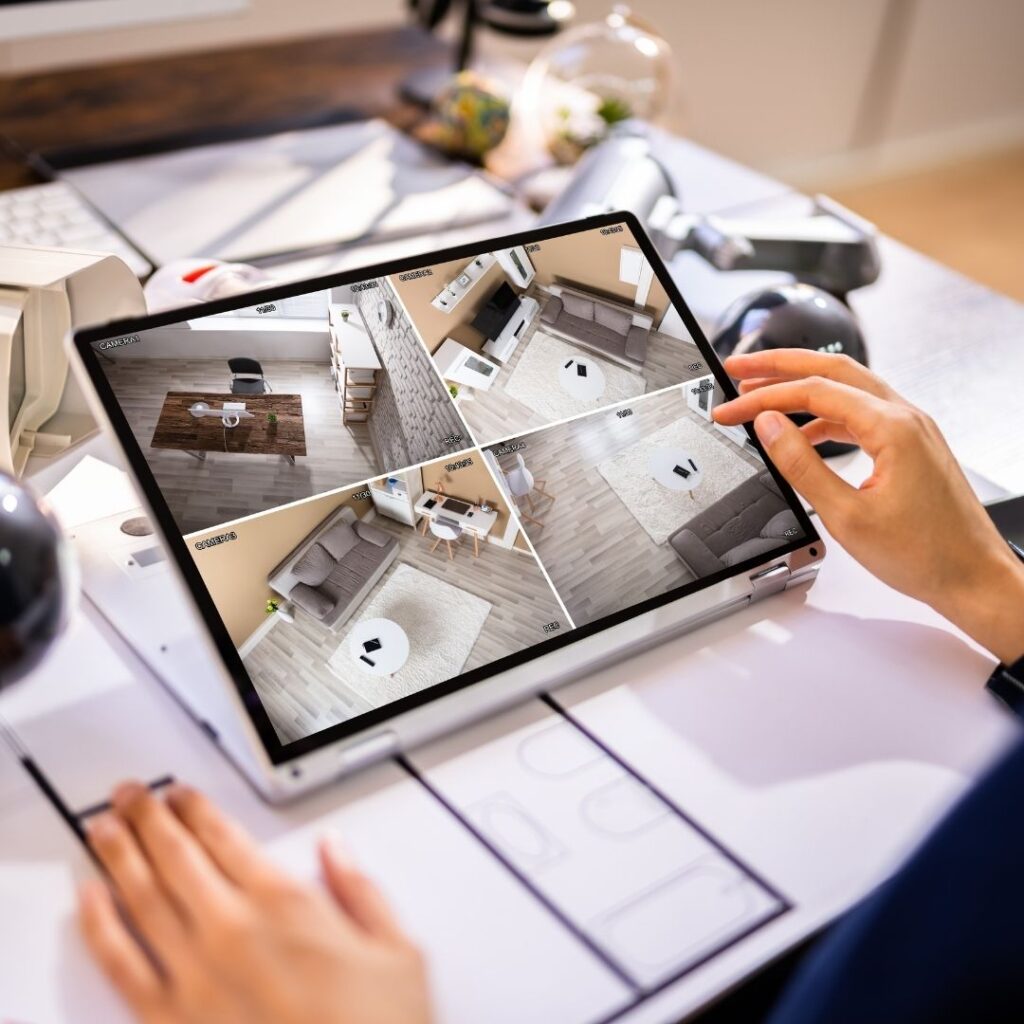
Emergency Supplies Checklist
Having the right supplies at hand is one of the most practical tips on emergency response at home. An emergency kit gives you peace of mind and helps your family react quickly when the unexpected happens. The key is to build a kit, keep it stocked, and make sure it’s easy to reach when you need it most.
Build a Home Emergency Kit
Every household should prepare a basic emergency kit. Start with first aid supplies like bandages, antiseptic, and pain relievers. Add flashlights with extra batteries so you’re never left in the dark. A battery-powered radio is also important, especially if power and internet go down. Make sure you store at least three days’ worth of bottled water and non-perishable food for each person. Simple items like energy bars, canned goods, or dried fruit can make a big difference. Don’t forget personal items such as moist towelettes, sanitizer, and a list of any medications your family needs.
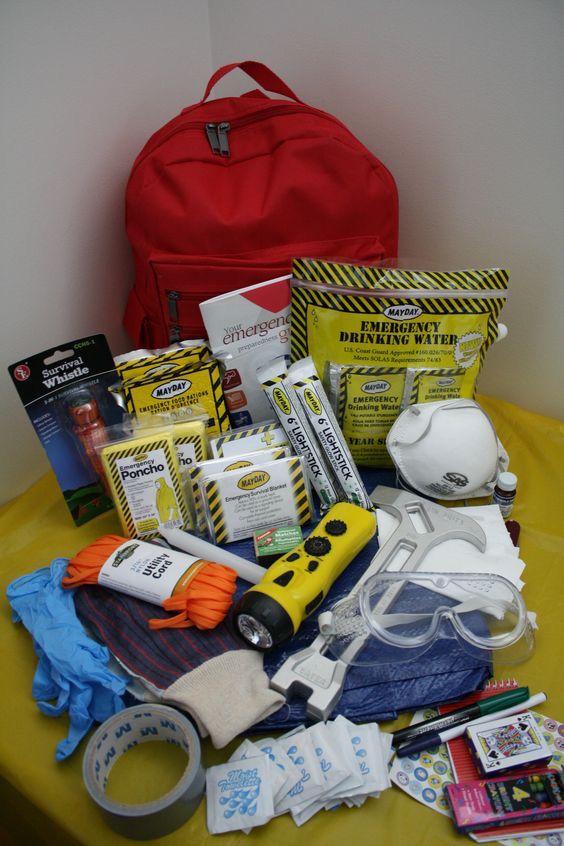
Fire Safety Essentials
Fire safety tools are a must in every home. Keep an ABC fire extinguisher on each level of the house and make sure everyone knows how to use it. Smoke detectors should be installed in bedrooms, hallways, and living spaces. Test them every month to confirm they’re working, and change the batteries twice a year. These simple steps can save lives in case of a sudden fire.
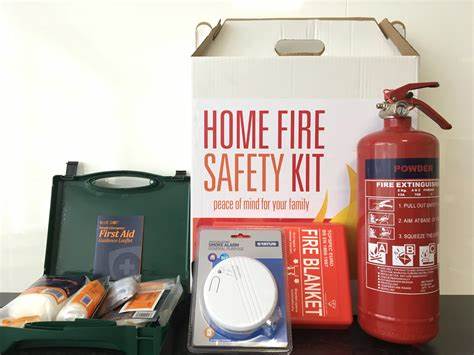
Keep Supplies Accessible
An emergency kit is only useful if you can get to it quickly. Store it in an easy-to-grab bag or container that you can carry if you need to evacuate. Many families keep kits in the kitchen, bedrooms, and even in the car. It’s also important to check your supplies every few months and replace anything expired. Fresh food, water, and medicines ensure your kit is ready whenever you need it.
Staying prepared doesn’t have to be complicated. By keeping these essential supplies close by, you’ll boost your home safety and give your family confidence to respond to emergencies without panic.
Additional Emergency Preparedness Tips
Beyond the basics, a few extra steps can greatly strengthen your home safety. One of the most practical tips on emergency response at home is to secure important documents such as IDs, insurance papers, and medical records in a waterproof or fireproof container for quick access.
Don’t forget your pets; set aside food, water, and a safe space for them during emergencies. Always follow guidance from local authorities, and during power outages, use flashlights or battery-powered lamps instead of candles. These added measures ensure your family stays organized, calm, and protected when the unexpected occurs.
Safety and Response Actions
Knowing how to act in the moment can save lives. One of the most effective tips on emergency response at home is to learn first aid and CPR so you’re ready to help before professionals arrive. Teach family members how to shut off water, gas, and electricity, and keep switches clearly labeled.
Regular fire drills, evacuation practice, and staying calm during medical emergencies make responses quicker and more focused. By preparing these simple actions in advance, you give your family the confidence to act safely when it matters most.
Conclusion
Being prepared can save lives, and following simple tips on emergency response at home ensures your family stays safe when every second counts. From planning evacuation routes and building emergency kits to learning first aid and keeping pets safe, small steps make a big difference.
Don’t wait for an emergency to happen review your plan, gather supplies, and practice drills today. Take action now, protect your loved ones, and turn your home into a safe haven ready for any unexpected situation.


